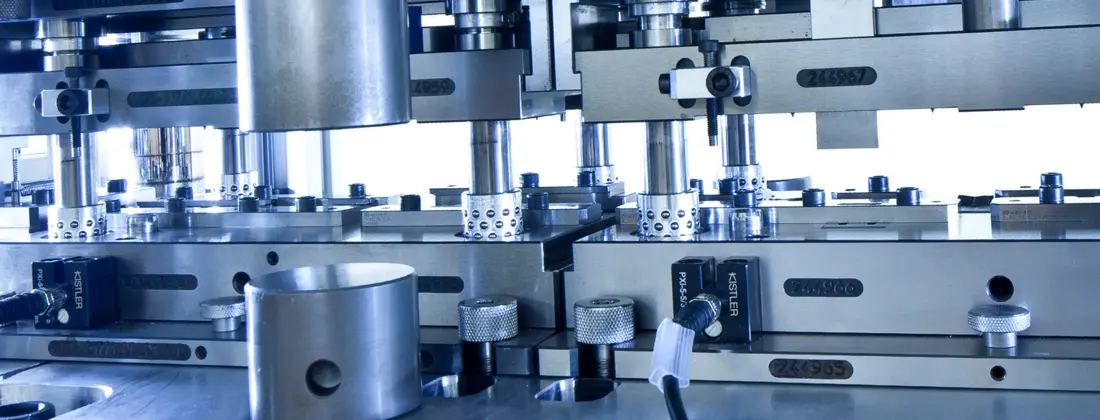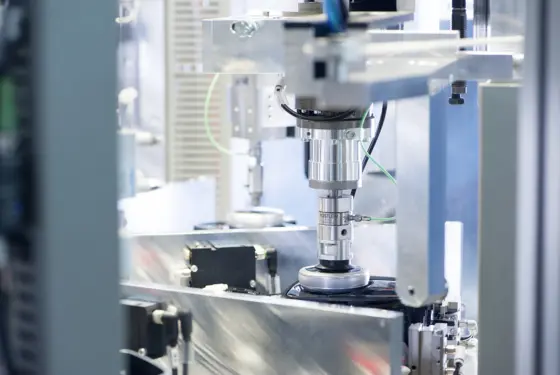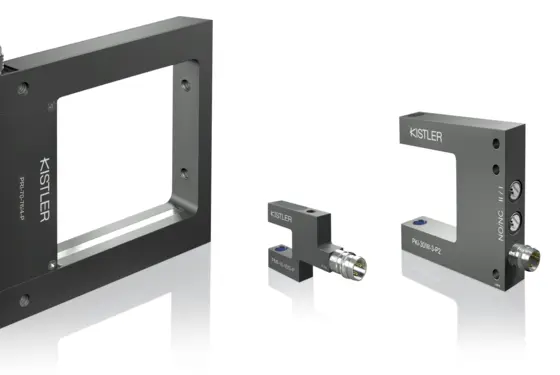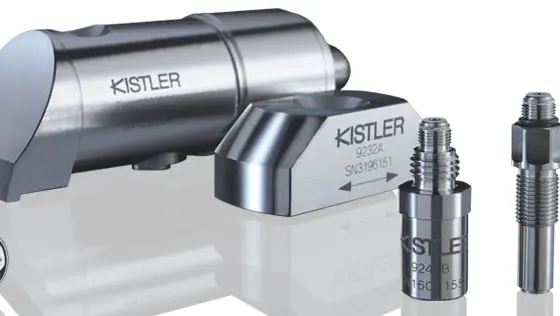Every part manufactured with processes such as metal stamping, fine blanking and forming must meet the key criteria of absolute accuracy and efficiency. For over 50 years, our sensors have been supporting customers who operate metal stamping and forming technology in automobile and connector production, the medtech sector, and many other industries. Our process monitoring solutions make use of light barriers as well as piezoelectric measurement technology.
Tried-and-tested technology from Kistler monitors production processes for parts of any size – even including the very smallest components. Our portfolio for progressive tools and automation technology comprises various types of light barriers with aluminum housings. We also have the expertise needed to manufacture special items in line with customers' specific requirements. The light barriers operate contact-free; they can be used with all materials, and are simple to install. For applications in environments with high oil mist content, we can equip the sensors with an optional cleaning nozzle.
Kistler piezoelectric sensors for force monitoring in dynamic processes give users the guarantee of absolute accuracy. They deliver important measurement data as the basis for conclusions about tool status and process reliability.








![Sensors for Punching, Forming and Automation Systems [object Object]](https://kistler.cdn.celum.cloud/SAPCommerce_Document_Preview/961-173e.webp)
![New AI-supported possibilities in injection molding production with fully automated optical quality assurance [object Object]](https://kistler.cdn.celum.cloud/SAPCommerce_Document_Preview/961-884e.webp)